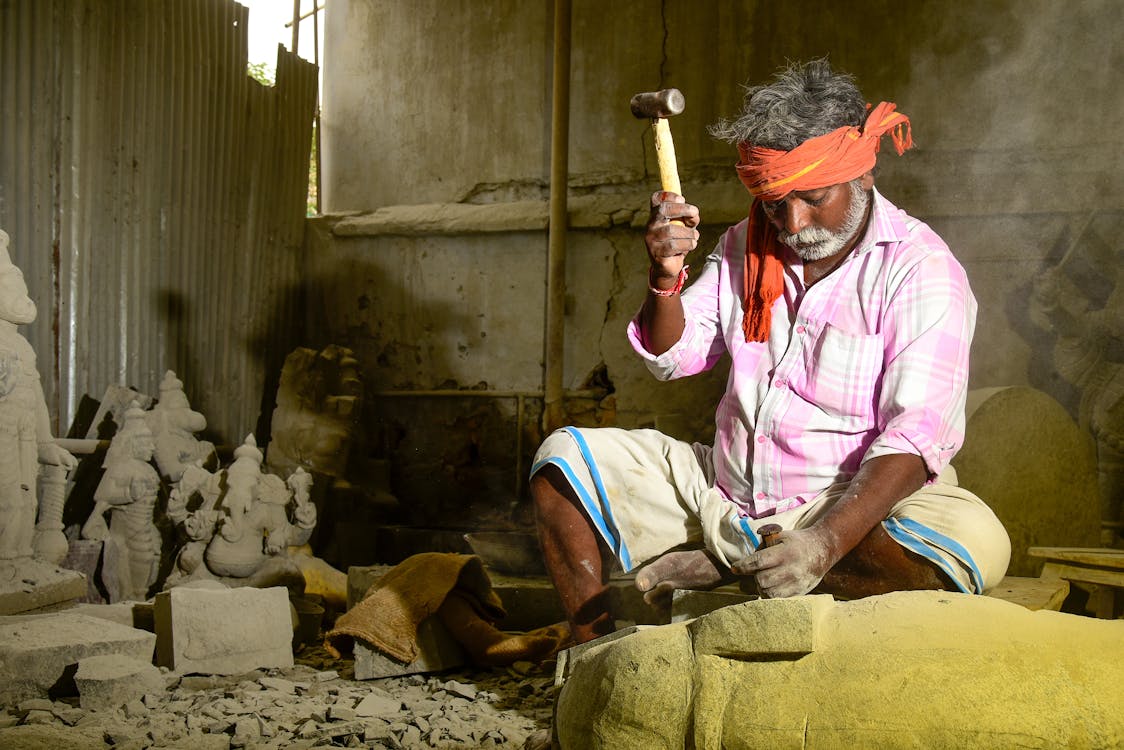
Envision a world without expressions of the human experience — a world with no music, film, dance, writing or any of the innumerable different mediums workmanship exists through. That world is hard to envision, as a world without craftsmanship or culture would be a devastatingly forsaken, useless and dull one — without the inventiveness and creative mind we, as people, have. Workmanship is the inventive articulation of one’s thoughts and minds — it possesses each edge of the world. However, the significance of expressions of the human experience is continually being addressed, dismissed and underestimated from numerous points of view, beginning with an absence of subsidizing and training.
Subsidizing and schooling
Since 2017, the Trump organization has over and over proposed the end and decrease of government subsidizing for a few expressions and humanities establishments, including the Public Enrichment for Human expressions and the Public Blessing for the Humanities. Organizations, for example, the NEA are oftentimes focused with spending cuts forced by the public authority so the public authority can expand spending somewhere else.
This streams down to the state level, where craftsmanship subsidizing for painting, figure and music classes are normally cut — as science and math are viewed as the basic center subjects. Cutting expressions financing in rudimentary and optional training depicts expressions schooling as delicate and elective in contrast with their more science-focused partners. All things considered, 92 focuses higher on their SATs than the individuals who had taken less.
Expressions of the human experience are very important to training. The magnificence of instructing human expressions to understudies is that it helps in creating inventive individuals who think autonomously — self-expressive individuals with inventive and imaginative reasoning. Expressions of the human experience ought not be viewed as auxiliary or beneficial to math and science courses. Maybe, they ought to be viewed as similarly significant in giving understudies balanced instruction.
In a paper named “Human expressions and Scholarly Accomplishment,” Lois Hetland and Ellen Victor stated, “expressions of the human experience are a generally significant piece of culture, and schooling without them is ruined instruction, prompting a devastated society.”
“Examining human expressions ought not need to be defended regarding whatever else,” they proceeded. “Expressions of the human experience are just about as significant as technical studies: they are revered methods of getting the hang of, knowing, and communicating.”
Craftsmanship, science and culture
Craftsmanship has a great effect on culture and society all throughout the planet. All through human life, workmanship has been a basic apparatus in estimating social refinement and recording history. Before language and the composed word were created, humankind shared their lives and stories through craftsmanship, leaving behind social ancient rarities developments actually existing today — Stonehenge, the Greek Parthenon, Roman Colosseum, St. Peter’s Basilica and the sky is the limit from there. It is through a culture’s specialty that society acquires a more profound knowledge into the historical backdrop of said culture.
Each period since forever has been characterized or arranged by the headways of civilization — Byzantine, Stone Age, Medieval times, Renaissance, and so on These times in time incorporate both imaginative and logical headways of people, not either. The Renaissance (1300-1600) saw the resurrection of craftsmanship after the dim ages, yet more critically the intertwining of workmanship and science. This combination is depicted in works like “Vitruvian Man,” made by Leonardo Da Vinci, which unites thoughts of craftsmanship, design, human life systems and balance into one picture.
Workmanship and science go connected at the hip in forming society — without either, the world would be a more terrible spot to live in. They are cut out of the same cloth — signs of human inventiveness trying to comprehend and portray our general surroundings.
Liking workmanship in our lives
Workmanship lives around us, it’s wherever at the same time — in the writing we read, film we watch, engineering we respect and the sky is the limit from there. It rises above language, political, social and social limits — looking to unite individuals as individuals from humankind as opposed to isolating. It exists as a pathway to a more prominent comprehension of the world and ourselves, advancing our spirits with energy all the while.
English teacher John Keating (played by Robin Williams) said all that needed to be said in the 1989 film “The Dead Artists Society,” prior to citing Walt Whitman’s “Leaves of Grass.” “We don’t peruse and compose verse since it’s adorable. We peruse and compose verse since we are individuals from humankind. Furthermore, humanity is loaded up with energy,” he said in the film. “What’s more, medication, law, business, designing — these are respectable pursuits and important to support life. Yet, verse, magnificence, sentiment, love — these are what we stay alive for.”
Workmanship — in its different mediums — is imperative in supporting life. It ought to be seen as exceptionally essential to instruction to make a flourishing society with significant articulation, creative mind and thriving societies.